
Keratin From Human Hair Could Revolutionize Tooth Enamel Repair
A Surprising Discovery in Dental Science
Recent scientific research has uncovered an innovative development in oral health: keratin, a structural protein naturally found in human hair, shows the potential to rebuild and protect tooth enamel more effectively than many existing treatments. Reputable sources including BBC News, The Guardian, and the American Dental Association (ADA) highlight that this discovery could revolutionize oral care, introducing a sustainable and biologically based alternative to traditional toothpaste formulations.
How Keratin Works to Restore Enamel
Scientists have demonstrated that keratin extracted from discarded human hair can stimulate the formation of a strong mineralized layer on tooth surfaces. This layer mimics natural enamel—the tooth’s outer protective shell—defending against everyday wear, bacterial activity, and acidic erosion. Unlike fluoride, which primarily slows down the progression of decay, keratin has the potential to actively repair damaged enamel, restoring areas that have already weakened and preventing further deterioration.
Laboratory Tests Show Promising Results
Laboratory studies conducted by research teams at King’s College London and reported by National Geographic and ScienceAlert revealed that keratin possesses remarkable adhesive properties. When applied to tooth samples under controlled conditions, the protein facilitated the growth of a densely packed, crystal-like structure that bonded strongly to the enamel. Early experiments suggest that this keratin-based coating may provide enhanced resistance to decay, surpassing the remineralization effect traditionally associated with fluoride toothpaste. These findings indicate that keratin could become a cornerstone in the next generation of preventive dental care.
Sustainability and Environmental Benefits
An especially compelling feature of this innovation is its sustainability. Keratin can be sourced from materials that would otherwise be discarded, such as trimmed hair from salons. Researchers emphasize that using hair waste as a raw material not only provides a renewable supply for future dental treatments but also reduces environmental impact. Environmental organizations such as Mongabay and WWF have noted that this approach aligns with broader efforts to minimize waste while improving healthcare accessibility, offering a dual benefit for both the environment and public health.
Challenges and Future Applications
Although the research shows strong promise, experts caution that further clinical testing is needed to confirm long-term safety, durability, and real-world effectiveness. Nonetheless, the results so far suggest that keratin-derived formulas could one day be incorporated into next-generation toothpaste, dental coatings, or professional restorative treatments. If successful, this approach would provide patients with a natural, environmentally friendly solution to prevent decay and repair the microscopic damage that accumulates over time.
A Step Forward in Dental Innovation
Experts from the World Health Organization (WHO) and academic journals in dental science emphasize that enamel regeneration has long been one of the most difficult challenges in modern dentistry. The emergence of keratin as a viable material represents a significant advancement, expanding the possibilities for non-invasive treatments and sustainable oral care products. As further studies progress, the innovative use of human hair could reshape how we approach dental health, marking a new era of biological and environmentally conscious innovation in oral care.
News in the same category


Betelgeuse Nears Its Final Stage: A Supernova That Could Be Visible in Daylight

Deadly Mistakes to Avoid When Showering With Hot Water in Winter

2 Pork Parts That Contain a High Amount of Risky Cells — Stop Eating Them Before It’s Too Late

3 types of vegetables you shouldn’t eat raw — no matter how tasty or nutritious — because they can silently damage the liver
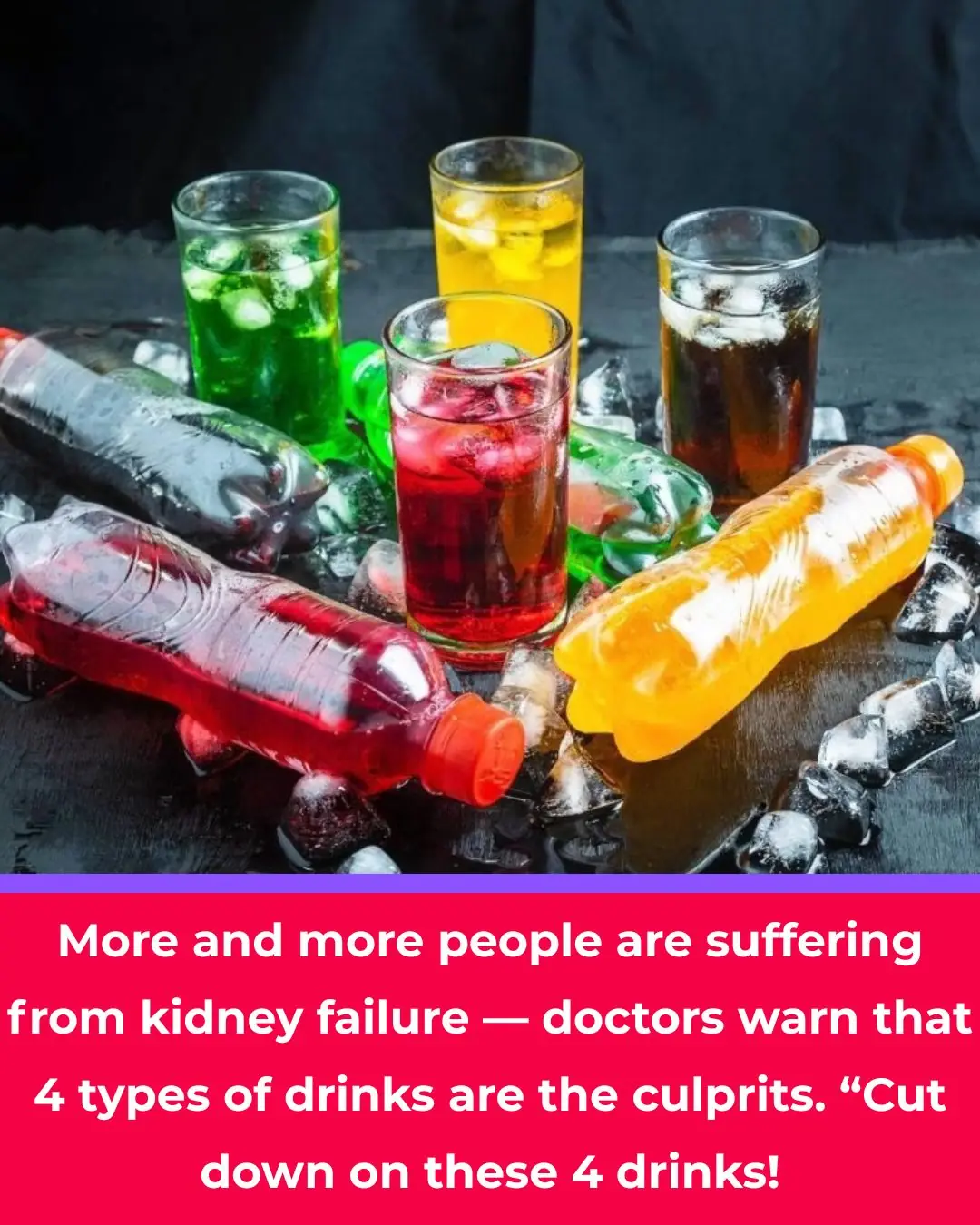
More and more people are developing kidney failure, and doctors warn that four common drinks are the “silent culprits.” It’s time to cut back.
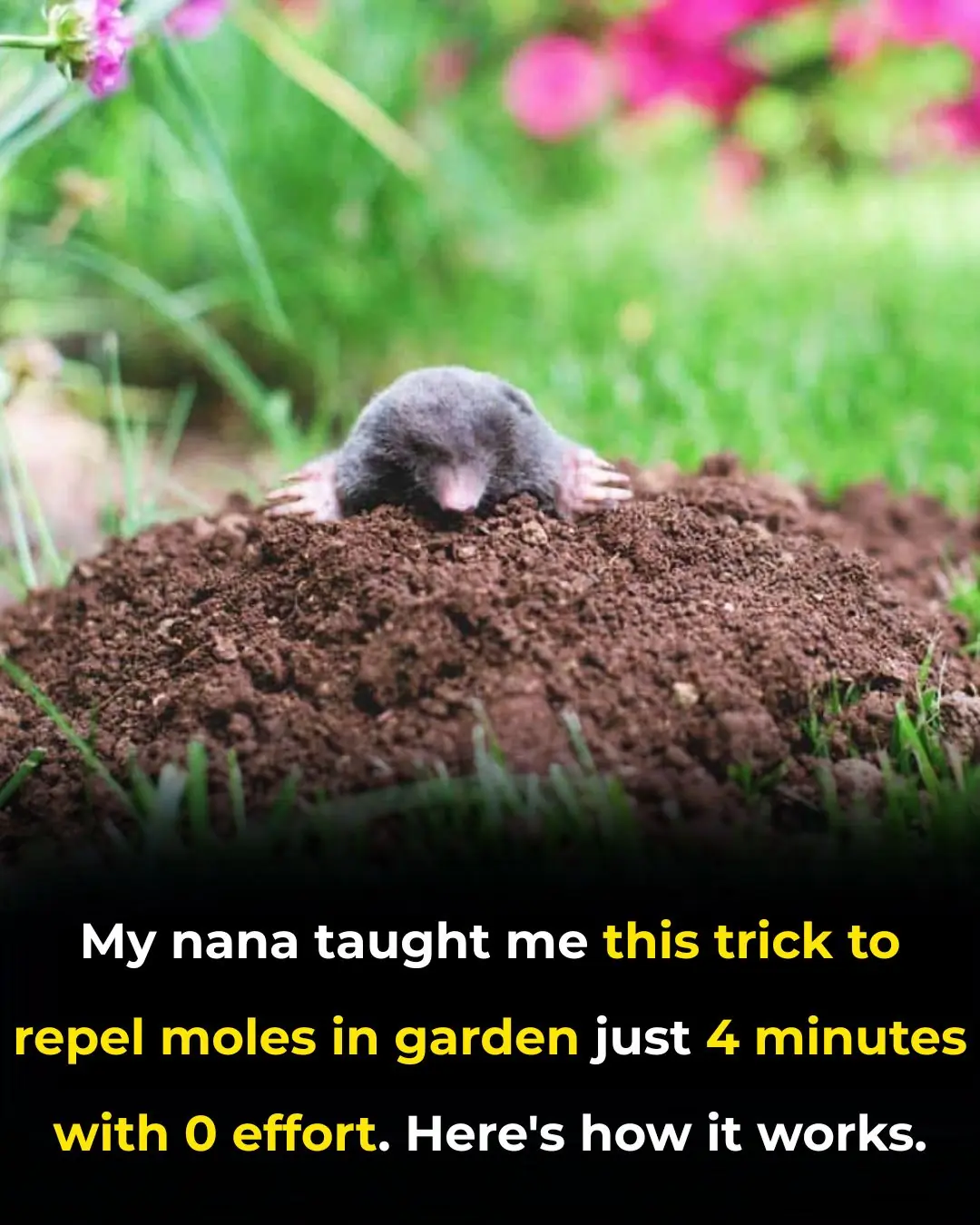
I Had No Clue About This! Such an Interesting Trick My Nana Swore By

My Nana Swears by This! Just 1 Thin Slice a Week — Your Orchids Will Explode with Growth

The Keyless Car Trend Everyone’s Talking About
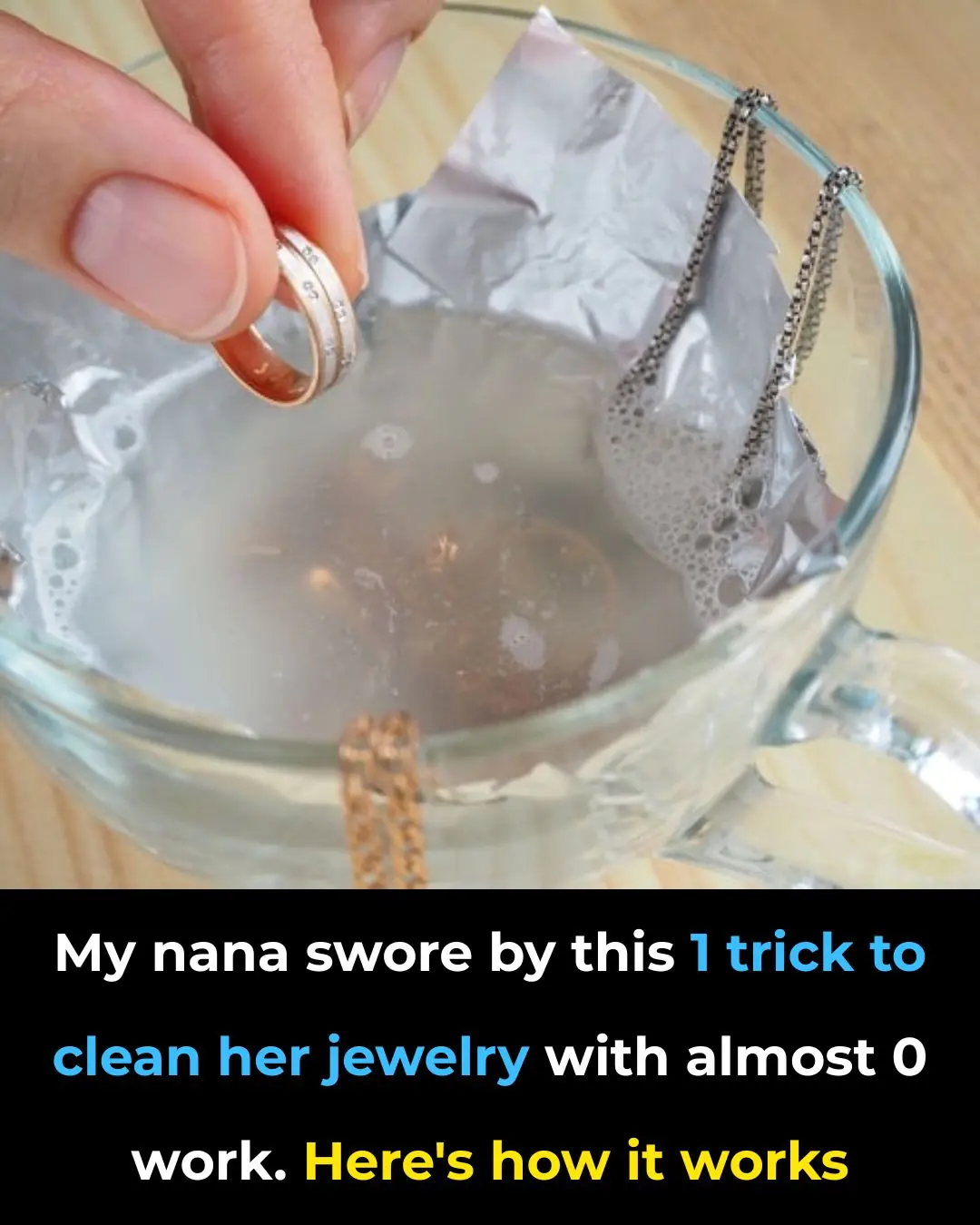
Nana’s Timeless Trick for Bringing Jewelry Back to Life
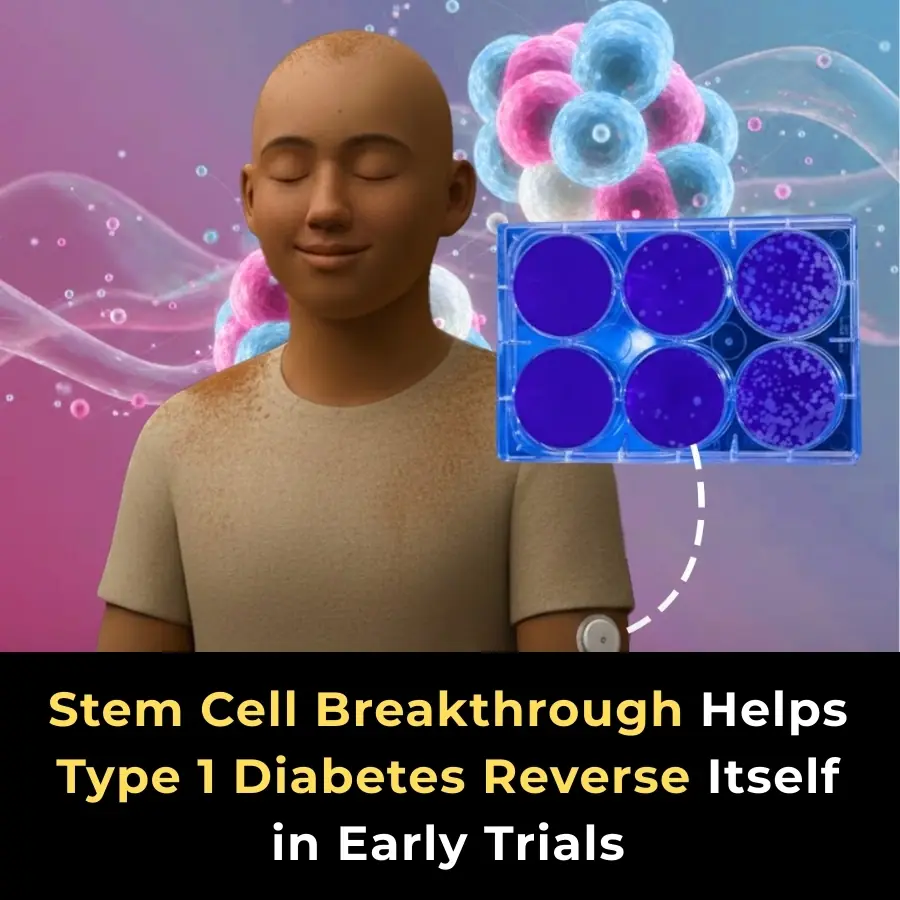
Stem Cell Therapy Restores Insulin Production in Type 1 Diabetes Patients

China Launches Hanyuan‑1: World’s First Commercial Atomic Quantum Computer

Amazon Lakes Heat to Dangerous Levels, Triggering Mass Wildlife Deaths

Nurse Promises Not to Laugh at This Man’s Problem

What Your “Odd Animal Out” Choice Says About You

As he nears 100, Dick Van Dyke, 99, makes a touching confession about his life

Local Washington State Park Changes Name Meaning To Honor Rosa Franklin, The States First Black Woman Senator

Civil War Era Politician Robert Smalls Becomes First African American to Receive Monument in South Carolina

Dr. Patricia Bath Set To Make History As First Black Woman Inducted Into National Inventors Hall of Fame
News Post

The Surprising Healing Power of Onion Milk
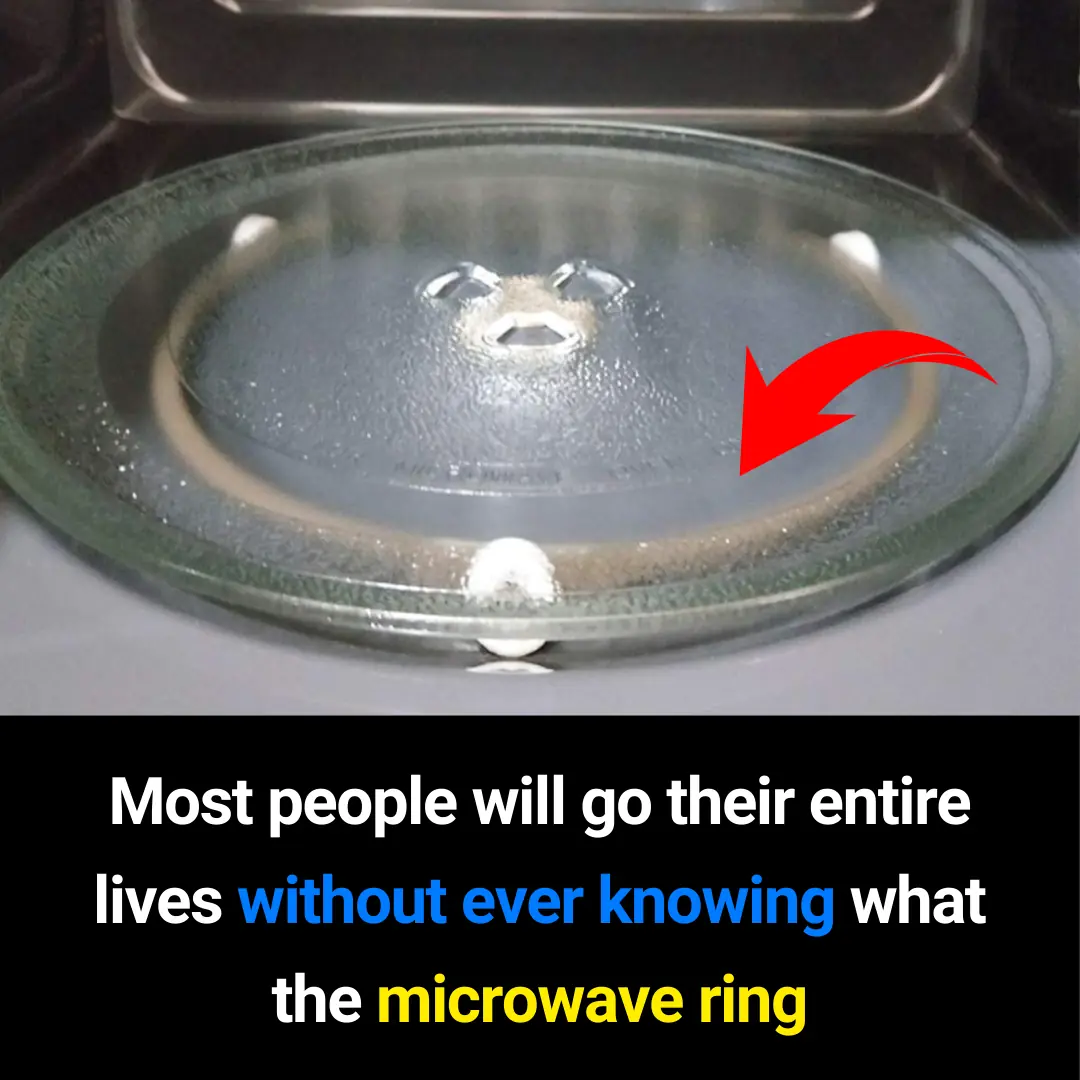
What Is a Microwave Ring Cover? Why This Small Part Matters More Than You Think (SEO-Friendly Guide)

The Netherlands Builds a 600-Meter Floating System to Clean Ocean Plastic: A Breakthrough for Global Marine Protection
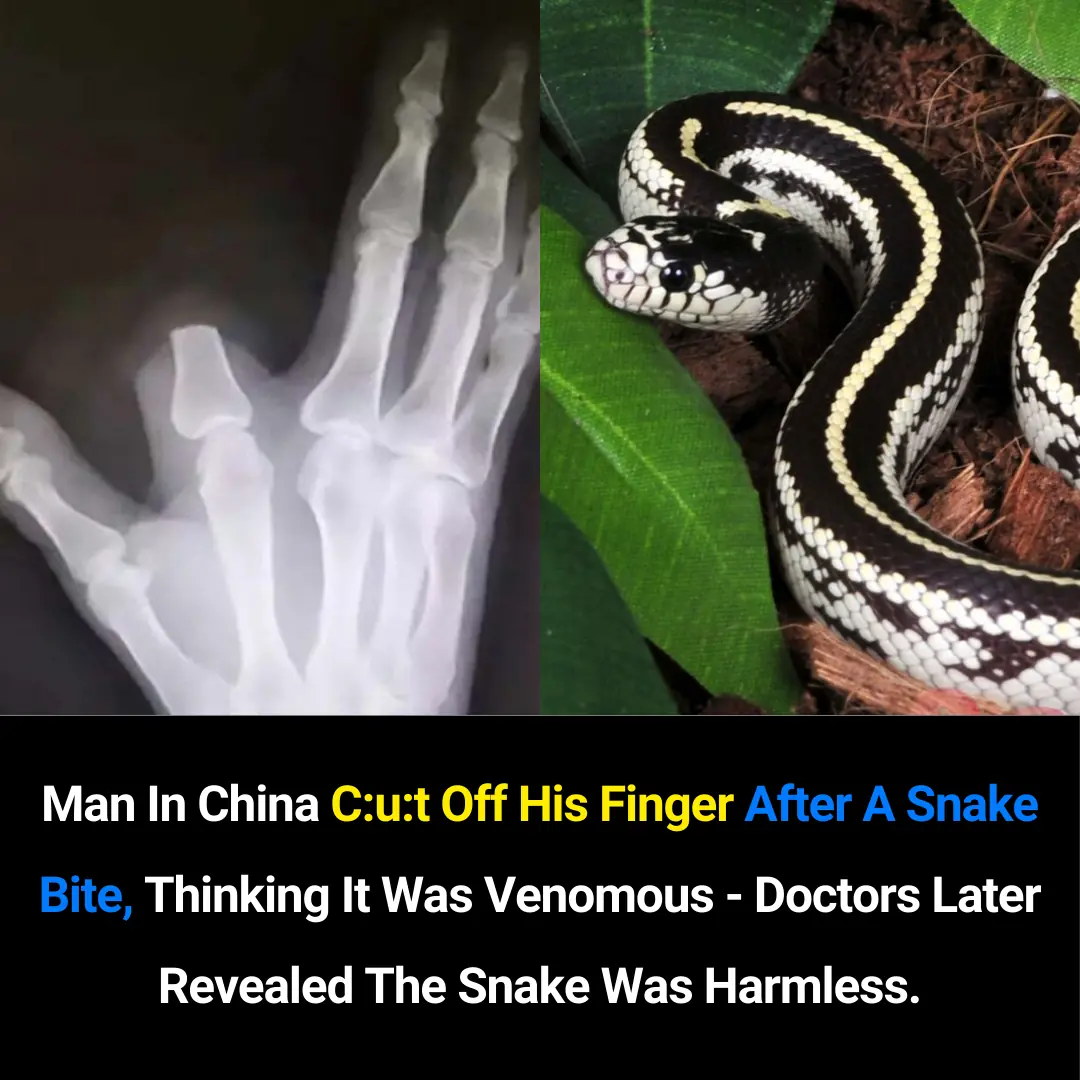
✅ International Medical Recommendations for Treating Snakebites

🌟 Belgium’s 15-Year-Old Prodigy Earns a PhD in Quantum Physics — A Remarkable Journey of Genius and Innovation 🌟

The Brain Actively Erases Short-Term Memories to Boost Efficiency

Betelgeuse Nears Its Final Stage: A Supernova That Could Be Visible in Daylight

Deadly Mistakes to Avoid When Showering With Hot Water in Winter

2 Pork Parts That Contain a High Amount of Risky Cells — Stop Eating Them Before It’s Too Late

3 types of vegetables you shouldn’t eat raw — no matter how tasty or nutritious — because they can silently damage the liver

More and more people are developing kidney failure, and doctors warn that four common drinks are the “silent culprits.” It’s time to cut back.

I Had No Clue About This! Such an Interesting Trick My Nana Swore By

My Nana Swears by This! Just 1 Thin Slice a Week — Your Orchids Will Explode with Growth

The Keyless Car Trend Everyone’s Talking About

Nana’s Timeless Trick for Bringing Jewelry Back to Life

Stem Cell Therapy Restores Insulin Production in Type 1 Diabetes Patients

China Launches Hanyuan‑1: World’s First Commercial Atomic Quantum Computer
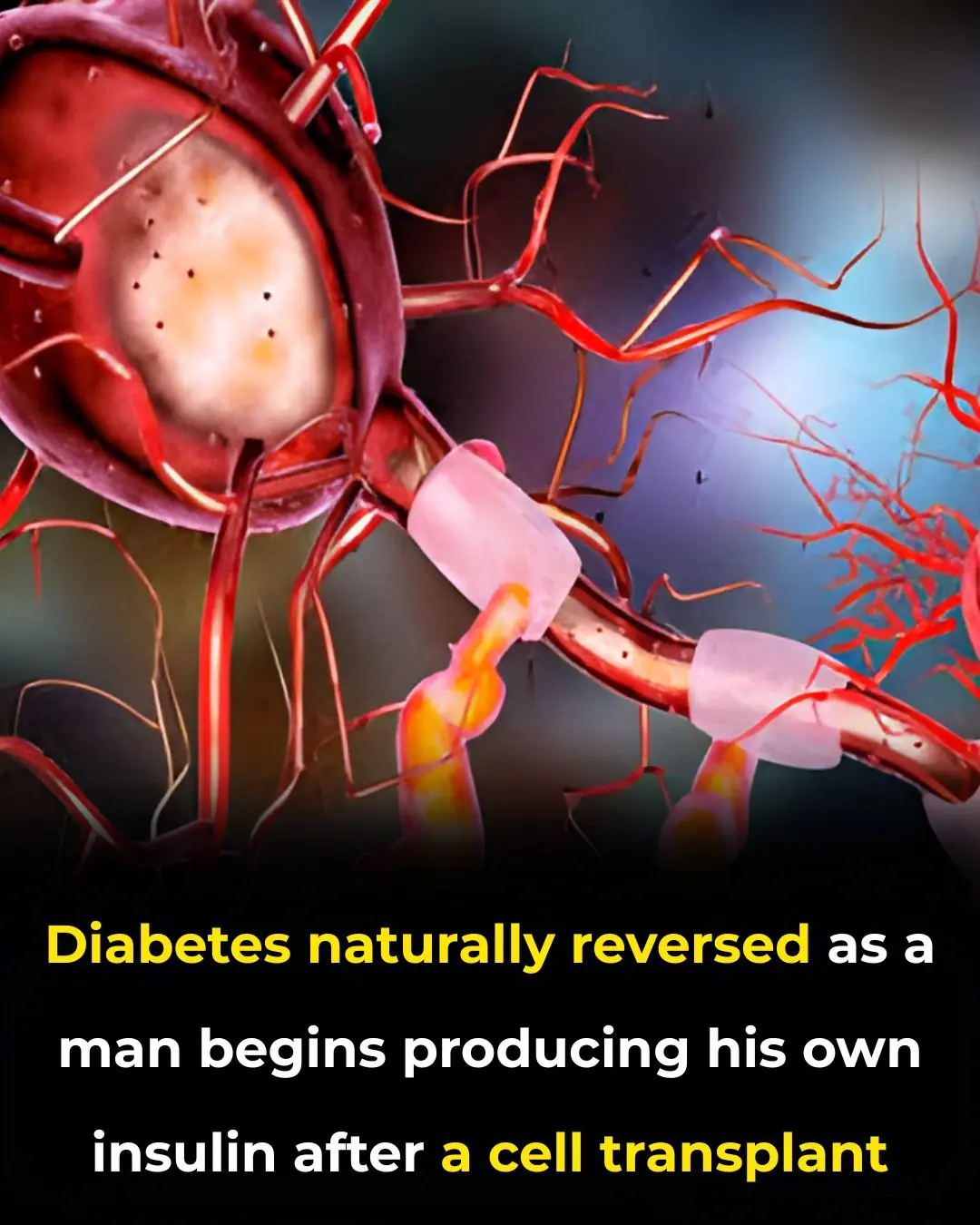
Breakthrough Cell Transplant Restores Insulin Production, Offering New Hope for Diabetes Reversal
